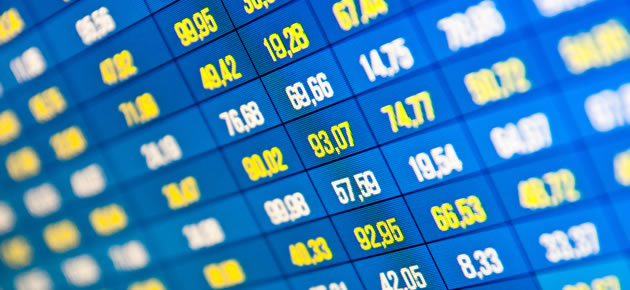Over the course of Australasian trading the ‘Aussie’ softened against the US Dollar as an Australian construction report showed that the sector contracted in January.
The AUD/USD pairing also came under pressure as the pace of growth in China’s services sector slowed slightly and economists bet that today’s US non-farm payrolls report would show improvement.
However, the Australian Dollar continued to perform strongly against the majority of its other currency peers, including the Euro.
The fact that the AiG performance of construction index came in at 48.2 (down from 50.8 in December and below the 50 mark separating growth from contraction) had little impact on the EUR/AUD pairing, but the Australian Dollar was boosted against its European peer following the release of the Reserve Bank of Australia’s quarterly policy statement.
The RBA increased its growth and inflation forecasts for Australia, intimating that the weaker local currency had lent the economy support.
GDP is now expected to climb by 2.75 per cent in the year to June, and 2.25 – 3.25 per cent in the year through December.
These estimates were positively revised from expectations of growth of 2.5 per cent in the year to June and 2 – 3 per cent in 2-14 as a whole.
The RBA asserted; ‘Over the past few months, there have been further signs that very stimulatory monetary policy is working to support economic activity. The board’s view is that a period of stability in the policy rate is likely. […] the lower exchange rate […] is expected to boost exports and restrain imports. […] Lower levels of the exchange rate will assist in achieving balanced growth in the economy […] with the terms of trade expected to decline, the exchange rate could decline further over time.’
The AUD/EUR pairing also gained as the Euro softened in response to developments regarding the contention of the legality of ECB bailouts.
A mixed trade balance report for Germany also had an impact, although movement was a little restrained ahead of the release of German industrial production figures.
Industrial production in the Eurozone’s largest economy is expected to have risen by 0.9 per cent in December, month-on-month, following a gain of 1.9 per cent in November.
German data has had a tendency to fall short of estimates recently. If today’s figures follow suit we forecast that the EUR/AUD pairing will end the week lower than it began.
Of course today’s US non-farm payrolls report could inspire general market movement.
Euro (EUR) Exchange Rates
[table width=”100%” colwidth=”50|50|50|50|50″ colalign=”left|left|left|left|left”]
Currency, ,Currency,Rate ,
Euro, ,US Dollar,1.3560,
,US Dollar,1.3560,
Euro, ,British Pound,0.8303,
,British Pound,0.8303,
Euro, ,Australian Dollar,1.5167,
,Australian Dollar,1.5167,
Euro, ,New Zealand Dollar,1.6499,
,New Zealand Dollar,1.6499,
Euro, ,Canadian Dollar,1.5004,
,Canadian Dollar,1.5004,
[/table]



